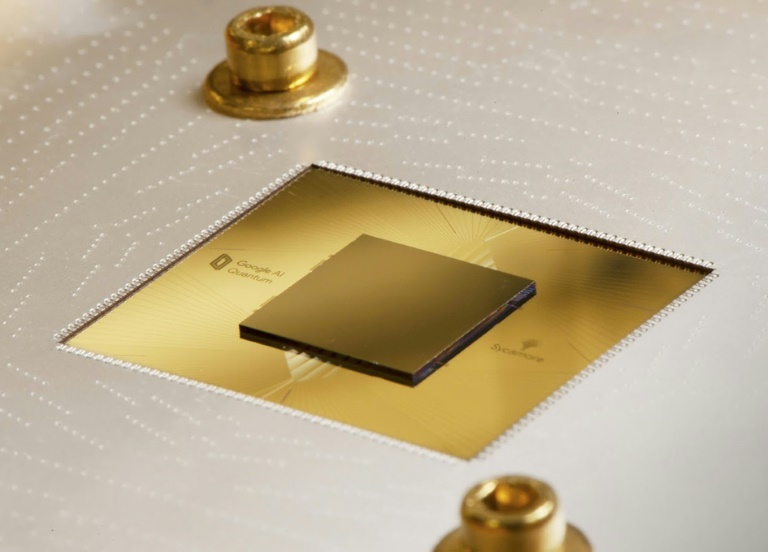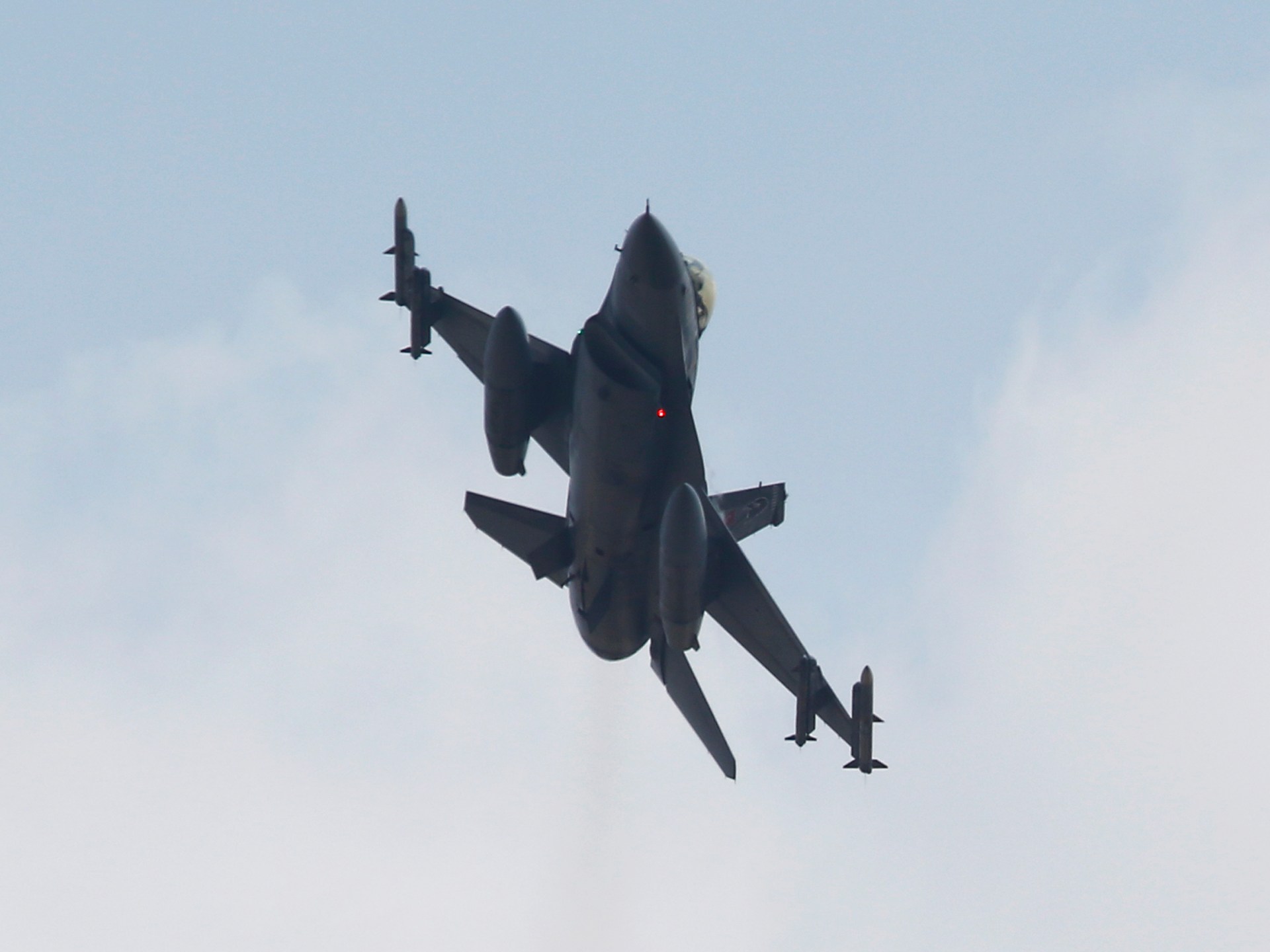Planet Jupiter Surface

Explore the captivating surface of the largest planet in our solar system – Jupiter. This magnificent gas giant is known for its mesmerizing appearance, boasting vibrant bands of clouds and swirling storms.
The visible surface of Jupiter is primarily composed of thick layers of gas and does not have a solid or rocky ground like Earth. Due to its immense size and fast rotation, Jupiter experiences extreme weather conditions and a unique atmospheric phenomenon known as the Great Red Spot – a giant storm that has been raging for centuries.
These clouds on Jupiter’s surface are made up of mainly hydrogen and helium, with traces of other gases like ammonia and methane. The turbulence and movements in these cloud layers create mesmerizing patterns and color variations, making Jupiter an appealing sight for astronomers, space enthusiasts, and scientists.
Jupiter is also home to numerous moons, the four largest being Io, Europa, Ganymede, and Callisto. These moons have their own diverse geological features and are constantly interacting with Jupiter’s powerful magnetic field.
Exploration of Jupiter’s surface began with NASA’s Pioneer and Voyager missions, followed by the Galileo spacecraft, which provided valuable data and stunning images of the planet. In recent years, the Juno mission has continued to uncover more secrets about Jupiter’s atmosphere and magnetic field, taking breathtaking images as it orbits the planet.
Studying the surface of Jupiter is crucial for scientists to understand the dynamics of gas giants, their formation, and the overall evolution of our solar system. By unraveling the mysteries of Jupiter, we gain valuable insights into the vast universe around us.
So next time you gaze up at the night sky and spot the bright, majestic planet of Jupiter, remember the incredible beauty that lies beneath its surface – a world filled with swirling clouds, awe-inspiring storms, and a glimpse into the remarkable wonders of our vast universe.





















